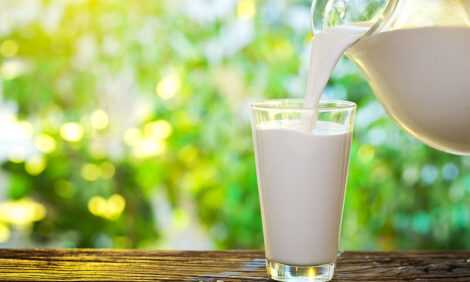



Rest: The overlooked requirement
The modern dairy cow produces a large quantity of milk, which equates to high energy requirements.This is achieved by eating a diet that is balanced to meet her energy demands. Ingredient selection and diet formulation is an important focus but is not the only requirement for high milk production, writes Michael Miller, M.S., PAS and PhD Candidate at the W.H. Miner Institute in Chazy, New York, USA.
Rest, as measured by lying time, is essential for the cow to maintain high production and health. There are several factors that can affect lying time including competition for stalls, time outside the pen, stall size, and bedding type and quality.
Rest or lying time is essential for all animals, including humans, to function normally. Just like during corn silage harvest, where you may get only a few hours of sleep, you start to make more mistakes and don’t perform at your best.
Dairy cows are the same: as lying time is restricted they begin to have lower milk production and poor hoof health among other problems. To understand when lying time is affected, you must know the average lying time for a dairy cow. In a conference proceeding from the Cornell Nutrition Conference, Rick Grant reported that dairy cows require approximately 12.5 hours of lying time per day. This can be higher depending on the cows’ production levels, as higher producers will spend more time lying. This makes sense as those cows will devote more energy to milk production and will need more time to recover. Rick went on to report that every hour of rest lost equates to 2.2 lb. of milk loss.
Since lying time is so essential for health and production, we should create an environment to maximize comfort and time for rest. First, are the stalls big enough for your cows? Researchers at the University of British Columbia reported that Holstein dairy cows spent 1.2 hours more time lying in wider stalls (51.9 inches) compared to narrow stalls (44.1 inches). Once a barn is built, it’s a costly and time consuming process to re-configure stalls, but if you’re planning to build a barn make sure to design it with cow comfort in mind.
Another important consideration is competition for stalls as overstocking has become a common practice in the U.S. As competition increases, cows will spend more time standing in the alley instead of lying down or eating. The mature dominant cows will be able to get their required rest, but the younger submissive cows will be more greatly affected.
Some companies offer services to measure lying time in your herd, and this is very valuable data to understand how comfortable your cows are. Of course, look at the average lying time of the pen, which is hopefully close to 12.5 hours, but also look at the range. This range can tell you how badly the less dominant animals are being affected by overstocking. The goal is to decrease this range and this can be accomplished by giving cows more time to rest by providing a diet that can be eaten quickly and not sorted, make sure stalls are clean and less time out of the pen for milking, to name a few.
Rest is a vital requirement for any animal to stay healthy and perform at their best. Lying time for dairy cattle is a good indicator of rest, and they should spend approximately 12.5 hours a day lying. We are always looking for a few more pounds of milk in the herd, and it just might be how comfortable your cows are. To ensure your cows have adequate opportunities to lie down, make sure stalls are clean, and cows are not away from the pen for milking longer than necessary.
TheCattleSite News Desk


